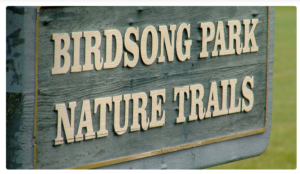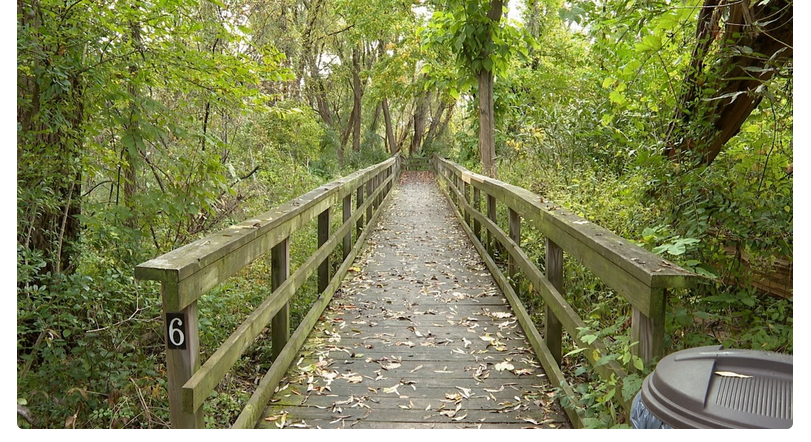Pass the popcorn, this is my favorite kind of story. From New York.
Order to trap and kill beavers halted in Orchard Park
“The traps are not in place at the moment. No beavers are being trapped at the moment. We heard the public comments and we delayed that action and we are going to listen to what solutions are brought forward,” Town of Orchard Park councilperson Scott Honer said.
Well isn’t that special! 6 whole people came to the podium! The town wised up and wouldn’t let people from out of town speak at the podium. Hmm I wonder what that would have meant to Martinez. There were soo many townies in line that the lookie loos who had just seen it on the news didn’t want to waste their time standing in line.
 To this day I still meet people who said they were there but didn’t speak because so many other people were doing it for them.
To this day I still meet people who said they were there but didn’t speak because so many other people were doing it for them.
New York has Beavers Wetlands and Wildlife at rolodex and Mike and Skip are just a stones throw away. I’m guessing this moves along quickly in the right direction.
”
“It says nature trail. The beavers are the part of nature. There must be some way to possibly keep them there and maybe somebody will have to go out and not mess with their dams and make sure the bridges aren’t overflowing with water or whatever they said they were causing,” Orchard Park resident Lisa Kuppens said.
You know that if I were there I couldn’t resist telling the council that the either needed to save the beavers or change the name of the park. Putting in all new signs is expensive. Which would they rather do?


